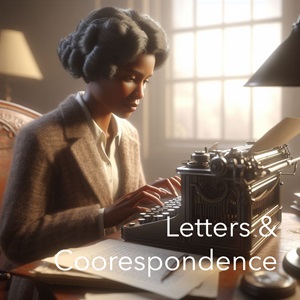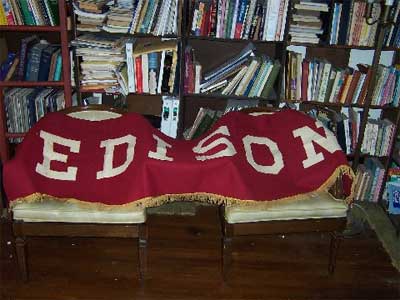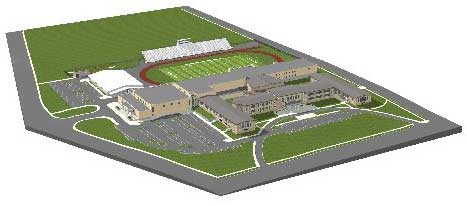
Enslavement to
freedom

Notes, observations, historical hints, tidbits and stories from the community.
Study Areas
Old Mail
2002 Mail
2003 Mail
2004 Mail
2005 Mail
2006 Mail
2007 Mail
2009 Mail
2006 Mail
Re: My Knowledge of African Americans in Harrisburg
From Calobe Jackson, September 17, 2006
Barry,
It was great to read your letter to Afrolumens. I really appreciate your remarks about schools and living conditions in the city during your school years. The racial makeup in schools and neighborhoods changed each decade.
I am familiar with Ronald Brooks and Karl Hope. These persons, along with their families, are all a part of the great African American heritage of Harrisburg. Their families migrated to the city from the south, during the 1920's and 1930's.
I am in the process of finalizing a comprehensive book about the Harrisburg School District and the history of the city. In 2010 the city will be celebrating the 150th Anniversary of its 1860 incorporation. I have been reading old newspapers, yearbooks, school district minutes and city council minutes.
Many unusual situations occurred in the city. Until 1919 the term "schools" really referred to classrooms. For example there were over 83 "schools" in the city school buildings. African Americans sometimes requested that all African American pupils be placed in separate school rooms, with an African American teacher (Foose is an example). Also, several elementary schools were traditionally segregated. Graduates from these schools later graduated from high school. Some went on to colleges, such as Harvard, Cornell, and U. of P. Many never returned to Harrisburg, so their names are not familiar.
 My
mother, who moved here in 1923, attended Harris Park elementary school,
because she lived on Race Street, which was located in Shipoke.
This building housed no segregated class rooms. After a few
months, her family moved to Wallace Street so she could attend
Wickersham. Wickersham, originally a mixed school, became a segregated
school circa 1913.
My
mother, who moved here in 1923, attended Harris Park elementary school,
because she lived on Race Street, which was located in Shipoke.
This building housed no segregated class rooms. After a few
months, her family moved to Wallace Street so she could attend
Wickersham. Wickersham, originally a mixed school, became a segregated
school circa 1913.
If you lived on Delaware Street near 3rd or 4th, you lived at the site of the old Union Base Ball field circa 1880.
At right is a photo of Edison Memorabilia and below are pictures of the new John Harris Campus of Harrisburg High.
Best Regards,
Calobe Jackson, Jr.

